Did Law Enforcement do “Nothing” about BLM Protests
Law Enforcement's response to the summer protests of 2020 in the USA
Visit the Evidence Files Facebook and YouTube pages; Like, Follow, Subscribe or Share!
The claim is regularly regurgitated on social media that BLM protestors got off scot-free during the summer of 2020. Online posters usually make the statement to bolster some political point decrying the treatment of other politically-motivated lawbreakers. While oft repeated, the question is whether the statement is true.
BLM—or Black Lives Matter—became the term to generally describe a series of protests that occurred in the United States in 2020. The phrase actually emerged as a hashtag in 2013, a year after a man named George Zimmerman shot and killed teenager Trayvon Martin who was unarmed at the time. Jurors acquitted Zimmerman (found him not guilty) of second-degree murder charges on July 13, 2013. The acquittal caused a stir in part because of the fact that the evidence showed that Zimmerman told a police dispatcher that Martin “looks like he’s up to no good.” Many believed that because Martin wore a dark hoodie and was a young black male, Zimmerman had targeted him specifically because of his race. Although Zimmerman was not a sworn police officer, the phrase’s use eventually turned toward growing discontent with police brutality, specifically police action against African Americans. Over the beginning months of 2020, several high-profile killings of black Americans added to what amounted to an unendurable tension.
Source: Facebook (archived)
On March 13, police killed Breonna Taylor during the execution of a search warrant on her apartment. Taylor was not a suspect, and was purportedly sleeping in her bed. Numerous discrepancies in the police report, the eventual firing of one of the officers involved, a multi-million dollar settlement paid to the Taylor family, the criminal charging of one of the officers with exhibiting “an extreme indifference to the value of human life,” and a change in departmental policy gave significant credence to the notion that police acted with gross negligence resulting in Taylor’s death.
Around the same time, Gregory and Travis McMichael killed Ahmaud Arbery while their neighbor filmed the whole affair. Video and other evidence captured the McMichaels arming themselves with a pistol and a shotgun and pursuing Arbery in a pickup truck through their neighborhood. The third defendant, William "Roddie" Bryan, later joined the pursuit which ultimately led to Arbery’s death by three gunshot wounds. Arbery did not possess a weapon—he was out for a morning jog. None of the defendants served as police officers, but negative attention turned on police when shocking footage of the murder aired publicly about two months later. On the day of the murder, police responded to the scene and even interviewed the killers, but did not arrest them at the time. Following release of the video of the murder two months later, police swiftly arrested the trio; a jury convicted them all, and the court sentenced the McMichaels to life in prison without parole and Bryan to life with the chance of parole after some decades.
US Department of Justice lawyers complicated the situation and spurred further public suspicion by offering the McMichaels a plea deal to federal hate crime charges. The deal would have allowed them to serve about 30 years of their prison sentences in a federal prison (generally thought of as easier than state prison), and then serve the remainder of their life-sentences in state prison afterwards. A federal judge rejected the deal. Arbery’s mother had begged the judge, “Granting these men their preferred conditions of confinement would defeat me. It gives them one last chance to spit in my face after murdering my son.” This series of events led many to believe that law enforcement gave special treatment to white men who killed a black man.
The powder keg finally blew on May 25. George Floyd may have attempted to pass a counterfeit $20 bill at a local store in Minneapolis, Minnesota leading to the shopkeeper calling police. Upon arrival, police pulled Floyd from a car in the parking lot and handcuffed him. Witness video showed Derek Chauvin, a white Minneapolis police officer, kneeling on Floyd’s neck after cuffing him for over nine minutes. Floyd subsequently died. Prosecutors later charged and a jury convicted that officer of murder; several other officers involved also faced criminal liability. These were just some of numerous other similar controversial events that had happened that year and in the years prior.
Study after study indicates that black people in the USA, particularly men, face uneven treatment in the criminal justice system. Notably:
Black Americans are incarcerated in state prisons at nearly 5 times the rate of white Americans;
Black men face huge disparities in sentencing, receiving sentences on average 19.1 percent longer than “similarly situated” white male offenders;
This despite the fact that “there were no statistically significant differences by race between offenders identified.”
Moreover, there is a very long, well-documented history of people of color killed by police under suspicious, or clearly illegal, circumstances tracing back more than half a century.
In other words, race—not the type of crime or the volume of crime by race—determines the likelihood of arrest, incarceration, sentencing length, or police brutality. With these issues in the criminal justice system omnipresent, accompanied by a year of very publicly reported crimes perpetrated against African Americans in which law enforcement played some negative role or another, the political tenor reached a boiling point. George Floyd’s death, aired front-and-center on national television, ignited the spark that triggered an explosion.
Protests erupted in Minneapolis the day following Floyd’s death. It is important to note that while this article reflects on the way the justice system responded to protests in the United States, protests likewise erupted across the globe. The UK came second to the USA in number and size of events, and tens of thousands of people took to the streets in France, New Zealand, and Colombia, among many other places. In any event, the question is whether US police, or law enforcement generally, did “nothing” to lawbreakers at those upheavals in the US.
No statutory authority requires American police to report crime numbers to any centralized authority. Nonetheless, from those that did report, The Hill—an online newspaper—collected and others created detailed analyses of the incidents and number of arrests. A number of other agencies—media and research groups—provided specific information about what occurred after. Here are the results:
There were at least 10,330 demonstrations associated with the BLM movement across more than 2,730 locations in all 50 states and Washington, DC;
Millions of people are estimated to have attended;
94% of the events experienced no reported violent or destructive activity;
In 97.7% of events, no injuries were reported among participants, bystanders or police;
In total, injuries to police were reported in about 1% of all events;
Only 3.7% of all events involved property damage;
9% of all BLM demonstrations included interventions by police compared with just 4% of right-wing demonstrations over the same year;
More than 17,000 people were arrested within the first two weeks of the breakout of BLM protests;
Evidence suggests that this number is artificially high because police appeared to have used mass-arrest as a tactic to quell protests, leading to a subsequent 90% or higher dismissal rate of charges for lack of evidence (meaning, at least 15,300 of the 17,000 arrests were dismissed for lack of evidence of the commission of a crime);
In Detroit, for example, a district court dismissed more than 100 cases because police refused to provide basic evidence, such as body-cam footage;
In many cases, defense council found that officers who wrote tickets were not even at the protests and didn’t actually witness the alleged crimes, leading to the dismissal of hundreds of more cases;
Dallas police dropped 675 charges as they involved only a failure to disperse or other non-compliance conduct—non-violent crimes, mostly punishable by small fines or community service;
Of the 200 charges Dallas police did file with prosecutors, 85% have been dropped for lack of evidence;
In thousands of pages of court documents, the only apparent mention of Antifa is in a Boston case in which authorities said an FBI Gang Task Force member was investigating “suspected ANTIFA activity associated with the protests” when a man fired at him and other officers. Authorities have not claimed that the man accused of firing the shots is a member of Antifa;
At least 326 people were charged with federal crimes stemming from the protests, despite the availability of state crime equivalents. Of these, 88% of the cases carried stiffer sentences than their state counterpart;
25% of those charged federally were charged under the “Interstate Commerce” theory, one that several legal experts called an “enormous overreach”;
More than 70 of these federal defendants who’ve been sentenced so far have received an average of about 27 months behind bars;
Convictions at the state level are harder to determine, but most guilty pleas led to less than a year in jail to no jail for non-repeat offenders accused of non-violent crimes. Those convicted of arson or assaults on police received on average 40 to 105 months;
Of the 93 people arrested on federal criminal charges in Portland, 18 defendants were from out of state, this happened in several other jurisdictions suggesting some violence or other crime was the result of purposeful, out-of-town rabble-rousers;
In some places, including New York City, police “kettled” protestors—they effectively forced them into an area where they could not leave, then charged them for trespass and other crimes related to being in those areas;
Several police agencies have settled lawsuits for their overbearing and unlawful responses leading to significant changes in how they handle protests. Other lawsuits remain pending;
T. Greg Doucette and his research group collected videos of at least 958 incidents of police unjustly using force against attendees not engaged in any unlawful conduct;
The majority of protestors in most cities (76 - 85%) were white;
A police officer was shot and killed and another wounded at one of the protest events in Oakland, California. Prosecutors identified the two murderers as members of the far-right group Boogaloo Bois, and further stated “The pair allegedly drove to Oakland and took advantage of the distraction afforded by protesters marching through the city's downtown in a demonstration against police brutality”;
Dozens of journalists covering the events were assaulted or arrested by police:
Police shot Linda Tirado in the face with a foam bullet that broke through her protective goggles, leaving the freelancer permanently blind in her left eye.
In Los Angeles, a police officer shoved photojournalist Barbara Davidson to the ground, causing her to hit her head on a fire hydrant.
In New York City, police repeatedly hit Tyler Blint-Welsh of The Wall Street Journal in the face, pushing him to the ground, even though he was wearing a visible press credential issued by the NYPD.
A federal agent in Portland, Oregon, pointed a gun at Eddy Binford-Ross, a 17-year-old high school newspaper reporter. She wore a brightly emblazoned “Press” decal. Purportedly, another agent told the first agent not to shoot at members of the media.
In total, there were at least 160 physical attacks by law enforcement on journalists and 122 or more arrests.
The Prosecution Project provided a detailed spreadsheet that some of the above points were sourced from. You can download and view it here. Some of the points above were also garnered from or corroborated by data collected by the Crowd Counting Consortium (CCC).
The evidence shows that while protests certainly occurred in large volume (encompassing millions of people) across numerous jurisdictions, the overwhelming majority were peaceful and thereby led to few legitimate arrests. Arrestees weren’t handled with kid gloves; rather, many were assaulted by law enforcement, mostly arrested simply by virtue of proximity, and courts have dismissed the vast majority of cases brought based on a lack of evidence. Law enforcement in many jurisdictions used mass-arrest as a tactic to try to stop protests, but could not produce evidence later against individual arrestees. This was primarily because police typically did not have sufficient evidence of the commission of a crime against individual arrestees.
So why do so many Americans continue to believe that the summer of 2020 was one of apocalyptic proportions? Media coverage appears to have largely dictated the perception of the events, as this study described:
One reason that newsrooms cover social movements, namely Black Lives Matter, so critically is because of the protest paradigm. The protest paradigm states that the media tends to emphasize the drama, inconvenience and disruption that protests create, rather than highlighting the demands and grievances of the protestors themselves. In this way, news organizations contribute to the maintenance of the status quo, making it more difficult for social movements to appeal to a broader audience. On the other side of this coin is the knowledge that in order to get the attention of the press, protests must be loud and attention-grabbing. In order to get the words out about their movement, protesters must be brash and outlandish, because they need the media to help get the word out about their demands. Though this is growing less and less true because of social media, the press is still a key actor in the dissemination of knowledge and information about social issues, with the cycle continuing on from protesters to press. [citations omitted]
Numerous organizations and researchers analyzed the evidence and definitively showed that the overall amount of violence and provable crimes was extraordinarily small, despite the contradictory depictions by media of the events as widespread and destructive. As the study above noted, this is an artifact of the current media business model. “News of the moment” needs a characterization that generates clicks or views. Indeed, some of the same media that originally reported the events in an apocalyptic framing later collected and confirmed the evidence that directly contradicted their original reporting. Their later reporting then cynically acted like everyone else but them contributed to the unfair maligning of the protests, undoubtedly because this scandal itself would further generate clicks and views.
Even the infamous “overtaking” of the East Precinct in Seattle (later referred to as the “CHOP”) was dramatically oversold, or completely misrepresented in the media. Reported as an anarchic takeover of virtually half of the city, the reality was wildly different and vastly smaller—about two city blocks, in fact. Several shootings that occurred near the area became media gotcha moments, illustrations of the supposed unfettered chaos there, despite the fact that the incidents actually stemmed from gang activity that had been a problem long before the formation of the CHOP, and did not involve any protestor or regular attendee of the place. Many others seeking to take advantage of the mischaracterization took to then-Twitter and other social media to further spread misinformation in an effort to vilify protestors and their cause.
Tim Pool has been referred to by a number of names from former colleagues: “A coward and a phony,” “a joke,” “staggeringly arrogant,” “totally full of shit,” “not smart” and “a bumbling doofus.”
Some point to the financial damage resultant from the 2020 protests across the country as “proof” of their inherent violence. It is true that the sequence of events (as the protests occurred over time and across every state in the USA) led to insurance payouts over $2 billion. There is more to that simple number, however. According to the World Economic Forum, one-third of the $2 billion came from damages involving just three major retailers, or about $666,000,000. Another $80 to $100 million arose out of lawsuit payouts as a result of injuries to people by police during the protests. Furthermore, while this figure comprises the largest insurance payout in US history related to a “single” event, BLM protests occurred over several months in multiple cities, and not always concurrently. Comparing it to the previous “record holder”—the Rodney King incident, which occurred almost exclusively in one city (Los Angeles) over a relatively short time, seems incongruous.
The issue brought to light by the BLM protests invoked, and continues to invoke, strong emotions in some who wish only to maintain the status quo of an unequal and odious system. This system built on prejudice and inequality faced an upheaval of furious victims, and the enforcers of the system reacted with conduct that contradicted the normal conventions of the US Constitution. Regardless that protests became rowdy, or even violent, there is no constitutional provision allowing for the mass arrests of people for whom police have no probable cause to arrest—and attending a protest is a first amendment right, not an inherent crime. When prosecutors cannot prove beyond a reasonable doubt that someone committed crimes, courts dismiss the case (or the person is acquitted by a jury). Utilizing mass arrest is simply not how the American justice system is supposed to work.
It is curious that the people who decry the arrests of January 6 insurrectionists resort to comparing that assault to the BLM protests when there was copious video evidence of the January 6 events, and mountains of other evidence leading to thousands of arrests and so far hundreds of associated convictions (and extremely few, if any, dismissals). Not to mention the complete lack of moral equivalency of it all—one incident involved a reaction to centuries-long oppression sparked by a very public, videotaped murder of a black man by police, while the other provoked America’s worst people into violently attempting to install a criminal fool into an office that he unequivocally lost, repudiated by millions of American voters. It is a foolish, illogical, and disingenuous comparison.
The above image is from the attempt to overtake the US Capitol to install by force Donald Trump as president. Source: NYT
***
I am a Certified Forensic Computer Examiner, Certified Crime Analyst, Certified Fraud Examiner, and Certified Financial Crimes Investigator with a Juris Doctor and a Master’s degree in history. I spent 10 years working in the New York State Division of Criminal Justice as Senior Analyst and Investigator. Today, I teach Cybersecurity, Ethical Hacking, and Digital Forensics at Softwarica College of IT and E-Commerce in Nepal. In addition, I offer training on Financial Crime Prevention and Investigation. I am also Vice President of Digi Technology in Nepal, which is partnered with my company in the USA, Captios, LLC. We provide solutions for a variety of businesses in the technology and cybersecurity realm. I was a firefighter before I joined law enforcement and now I currently run a non-profit that uses mobile applications and other technologies to create Early Alert Systems for natural disasters for people living in remote or poor areas.
Find more about me on Instagram, Facebook, Twitter, LinkedIn, or Mastodon. Or visit my EALS Global Foundation’s webpage page here.
For another article on a law enforcement officer abjectly abusing his authority, click below.




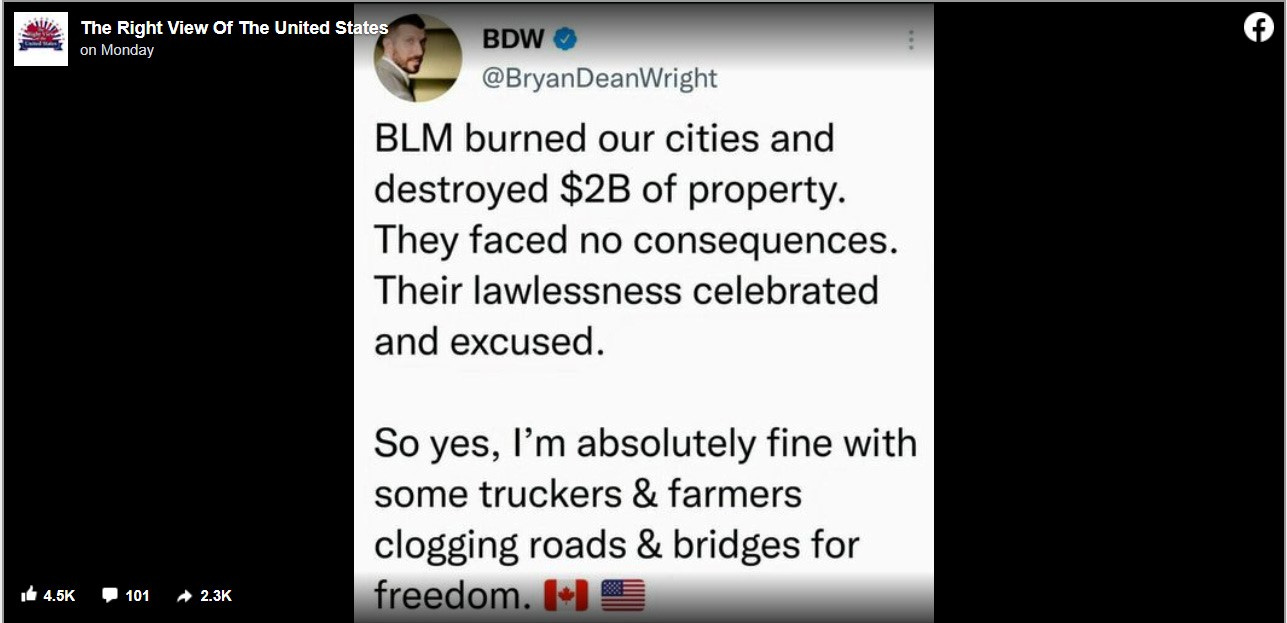
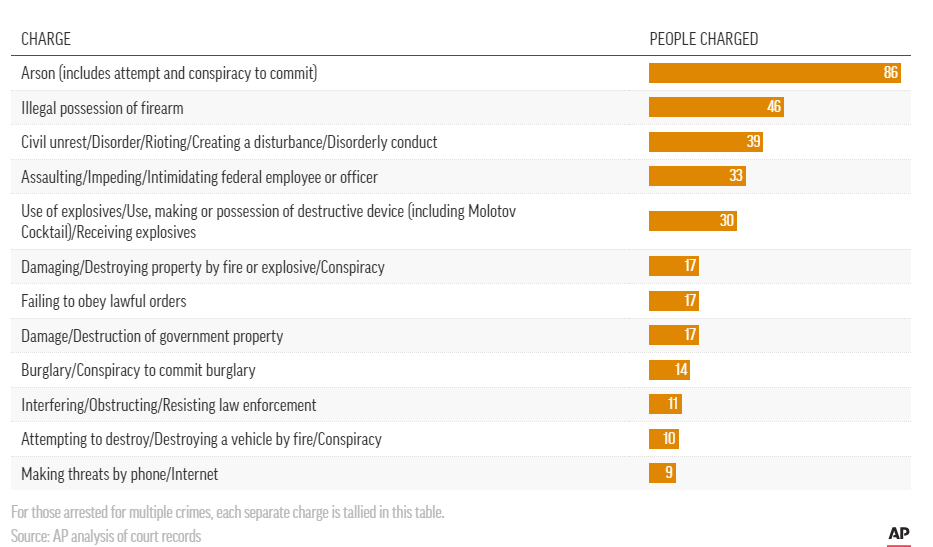
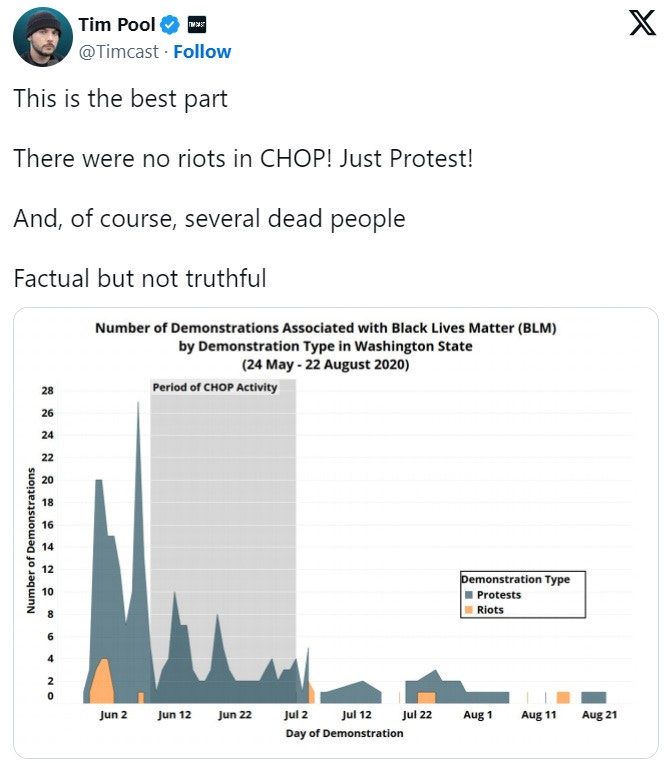
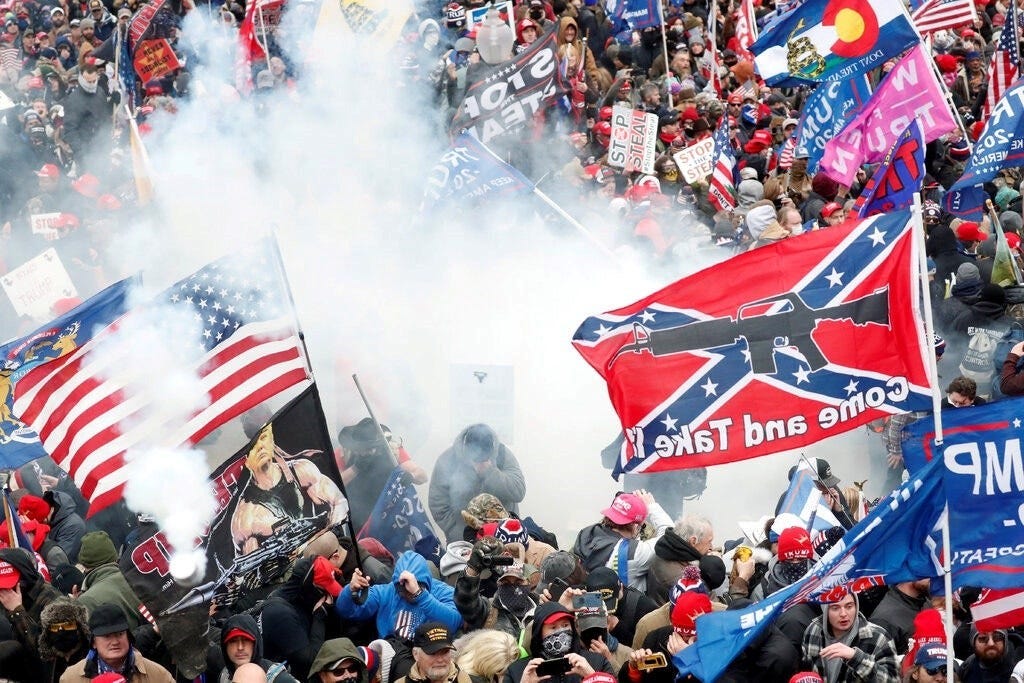
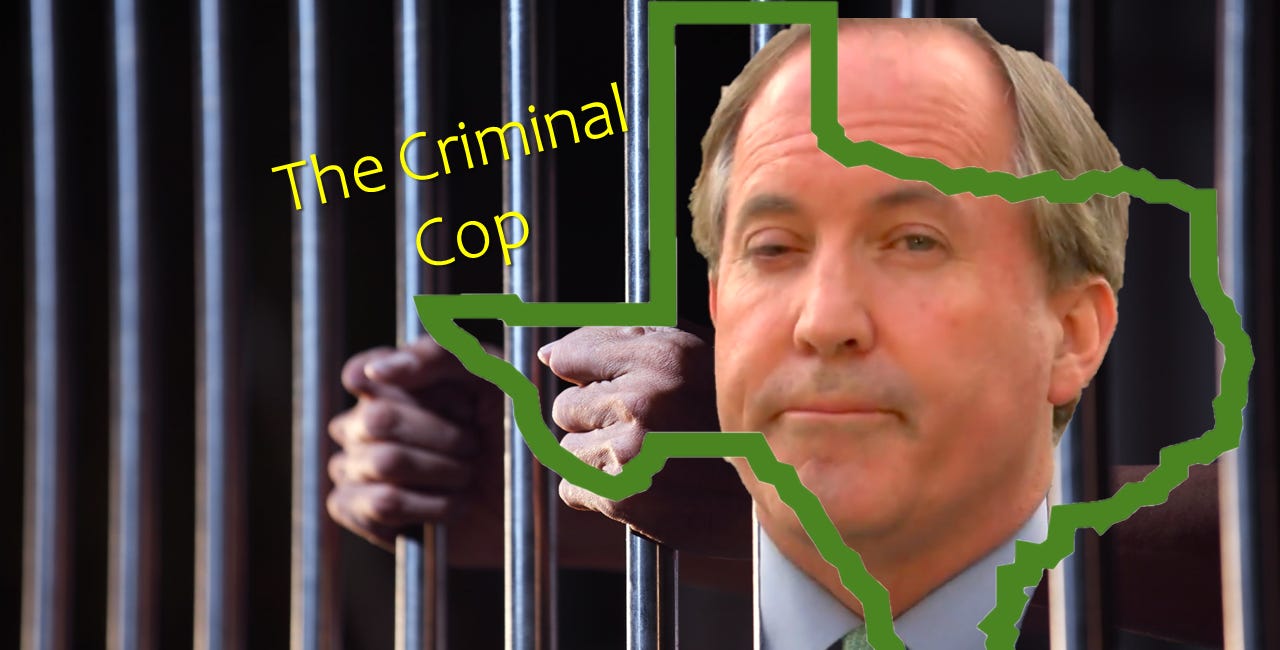
Well I disagree with comparing January 6 and protesting 2020. They were both terrible. And there's the CCC info is incomplete. And all the looting and destruction that happened during the 2020 protests that you're showing is using a broad stroke because of lack of evidence and we all saw on television the destruction that the 2020 protests made all the looting. And the looting is still an on going thing. I do agree that the system is lopsided as the statistics show. And changes were made and for now things are peaceful again. 2020 was a turning point and a positive one but I didn't like the destruction and fires and the looting. Still a good article. But I like it when you have your article without certain things. But you knocked it out of the park again I just wish you had all the statistics that are out there that are either being hidden or things were just dropped in order for the country to move forward as a whole.